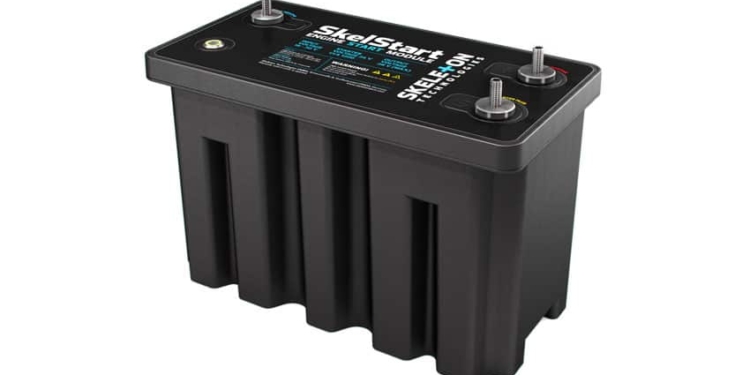source: Skeleton news
Tallinn, Estonia, 7th of December 2017. Skeleton Technologies, Europe´s leading ultracapacitor manufacturer, has signed a distribution agreement with Sumitomo Corporation Europe with the aim of providing energy storage solutions for the rapidly growing hybrid electric and electric vehicle industry.
Ultracapacitors are high power energy storage devices, which fill a vital gap in hybridization and electrification efforts in the automotive sector. With high power density, a recharge time of 2-3 seconds and over one million life cycles, ultracapacitors are unique in their ability to not only reduce CO2 emissions but also increase performance and be cost-effective for manufacturers.
In electric vehicles, graphene-based ultracapacitors can be used in tandem with lithium-ion batteries, doubling the battery lifetime and downsizing the cell receiving the peak power from ultracapacitors and the long-term energy from the batteries.
“We are excited to announce the agreement with Sumitomo Corporation Europe, it was a natural fit from the start. Sumitomo´s world-class distribution network and technical expertise in electrification enable us to expand our footprint in the automotive sector and tap into the company’s relationships with key players in the transportation industry”, commented Taavi Madiberk, CEO of Skeleton Technologies.
“Ultracapacitors play an important role for high power applications in the transportation sector. Skeleton’s revolutionary technology has the potential to drive this industry forward and ensure that both manufacturers and customers alike, can reap the benefits of a hybrid approach to battery technology. We are looking forward to working with Skeleton Technologies and supporting them in growing the business”, commented Hidenori Eto, GM of Warsaw office of Sumitomo Corporation Europe Limited.































